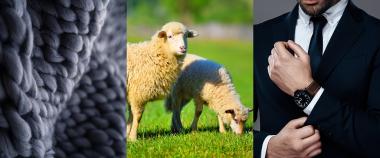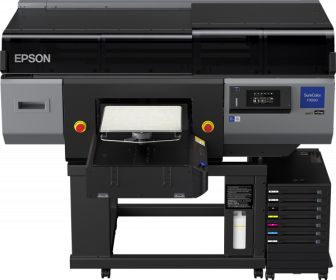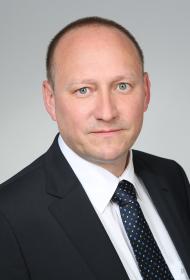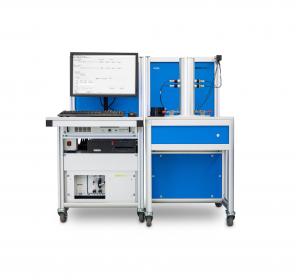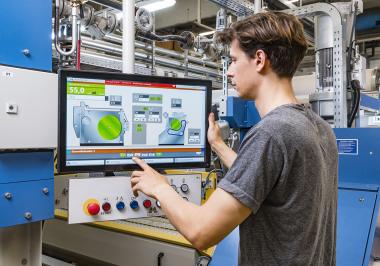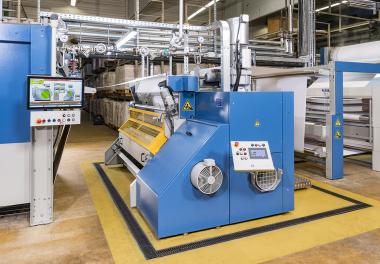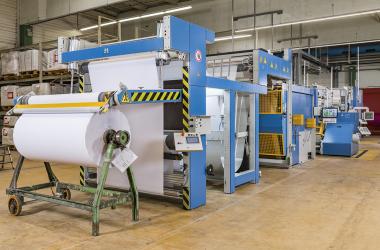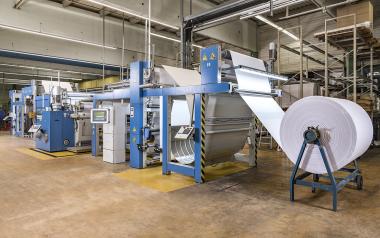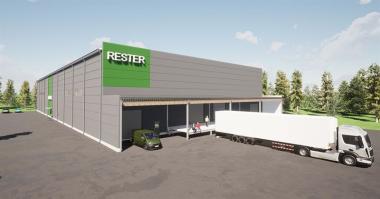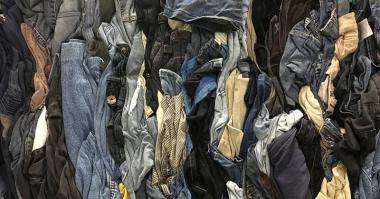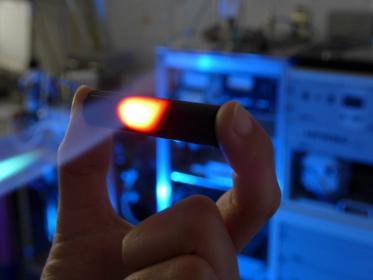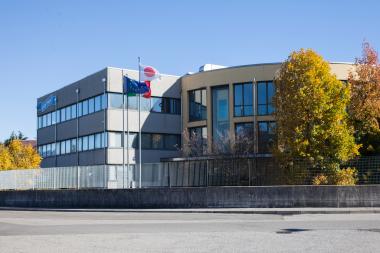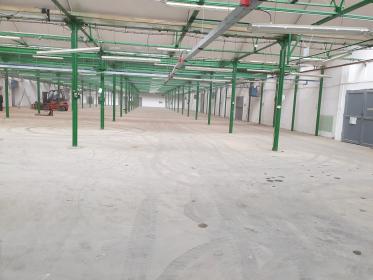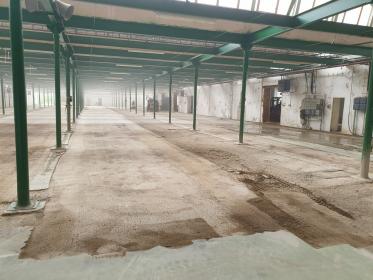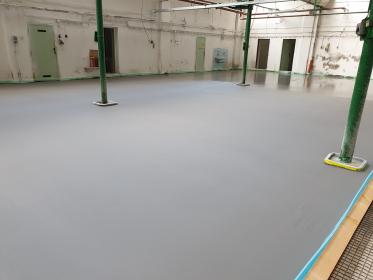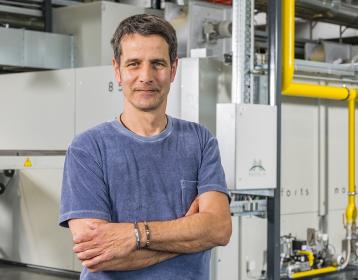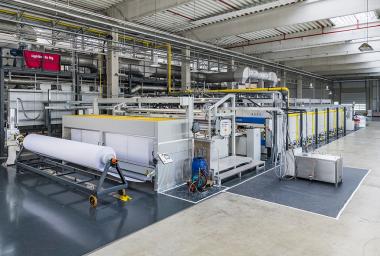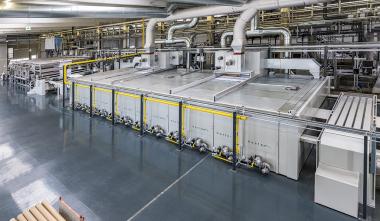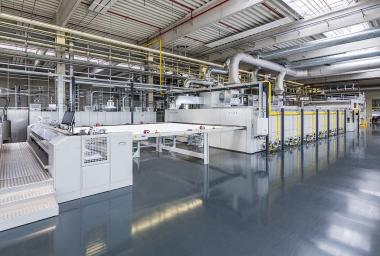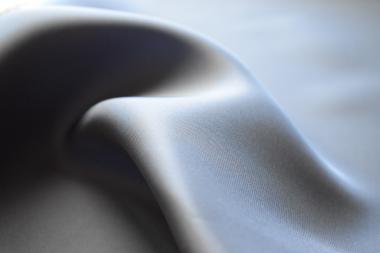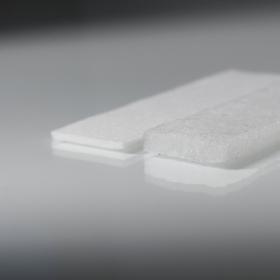PCMC’s Xcut tissue saw monitors blade condition via innovative technology
New blade edge and integrity sensors save operators time and money
Paper Converting Machine Company (PCMC), part of Barry-Wehmiller, has announced that the Xcut saw, its newest tissue saw, now includes innovative sensors that monitor saw blade condition. This new technology tracks the edge of the blade and monitors it for the earliest indications of a blade crash.
The blade edge sensor monitors the current diameter of the blade, and automatically adjusts functions like grinder depth and other blade wear compensations. This sensor also gathers data that can be used to study the blade wear rate. Using a blade diameter measurement, which is performed in real time, along with the number of cuts and grind parameters, the PLC can fit a regression function to this data to inform the operator of the estimated number of cuts remaining on the blade for a given product diameter. Understanding blade wear allows operators to more easily optimize the process and preplan for blade changes.
In addition, the Xcut saw features a fiber optic blade integrity sensor. A blade with a chip or portion of the edge missing will produce cuts with streaks or shreds that are unacceptable to most producers. The defect is usually detected only after a significant amount of product is cut and potentially passed on to the packaging operations. The material expense, lost production and time it takes to purge the product from the system are costly. During normal operation, the sensor is covered by the blade. If at any point the sensor becomes uncovered, it puts the saw into emergency stop mode. The sensor would only become uncovered if the blade crashes or breaks. The emergency stop prevents further damage to the saw caused by slinging blade fragments.
“The blade edge technologies, along with the many other innovations on the Xcut, make the saw easier to maintain and safer to operate,” said Jonathon Zahn, PCMC’s Lead Mechanical Engineer for the Xcut. “Ease of use and operator safety are always goals when developing new products at PCMC.”
Paper Converting Machine Company PCMC







